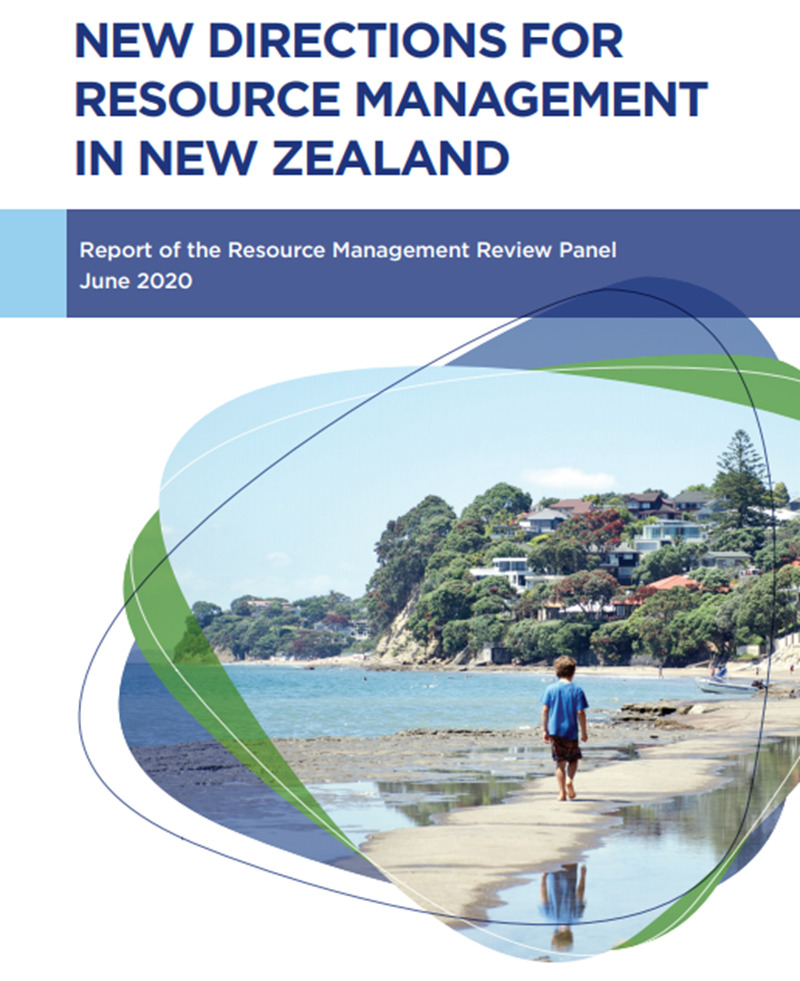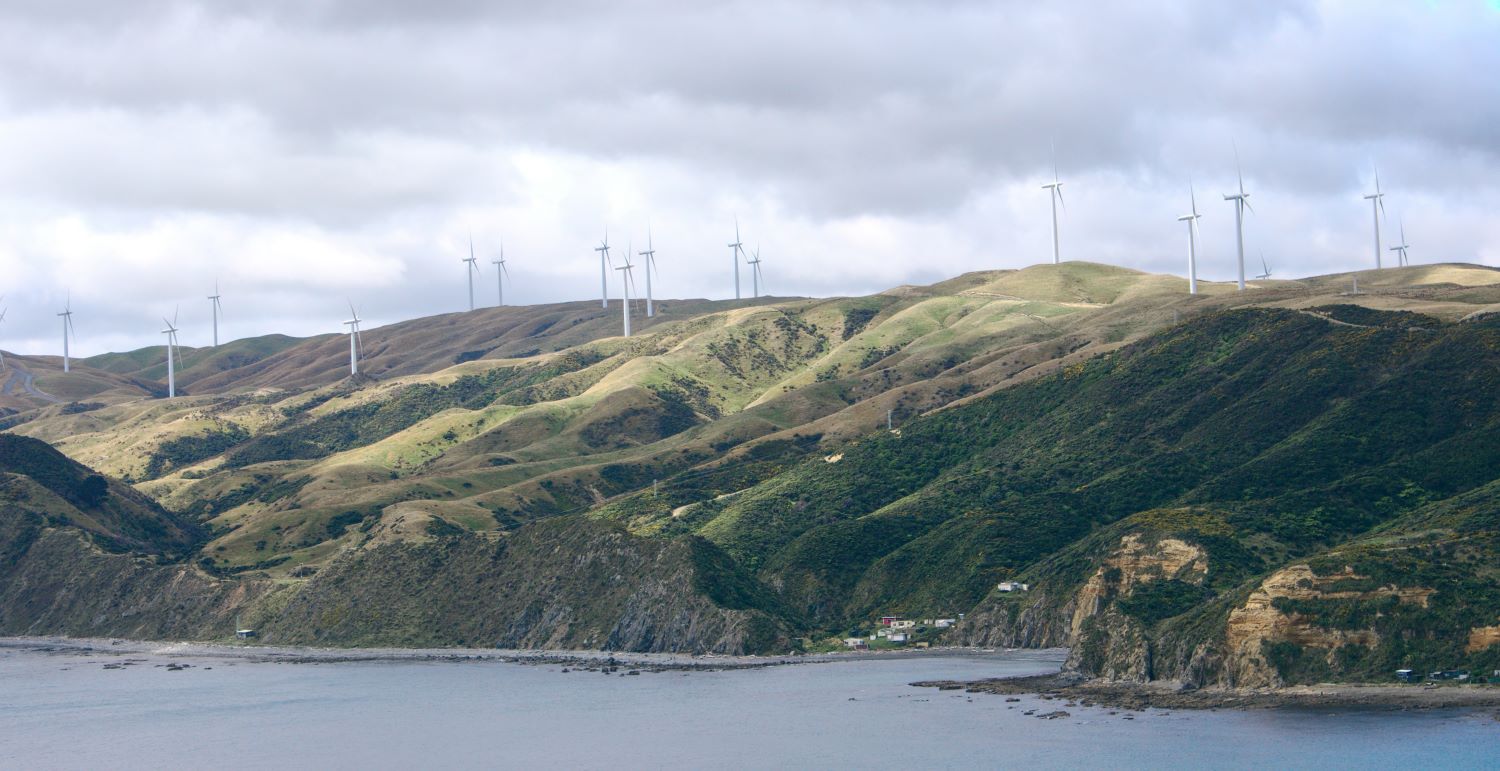2020 has been a year of significant changes for the resource management framework in New Zealand, with important developments in both legislation and national direction. More substantial changes are also on the horizon, with the Resource Management Review Panel’s report on the Resource Management Act (RMA) reform now published and both major parties indicating that RMA reform is on the agenda post-election.
Three new instruments represent the ‘Freshwater Package’ that the Government has enacted to protect and improve the state of New Zealand’s fresh water bodies:
1. Resource Management Amendment Act 2020 – now in force, the Act introduces a new freshwater planning process that all freshwater planning instruments are required to undergo. Amongst other things, the Act also aligns the RMA with the Climate Change Response (Zero Carbon) Amendment Act, requiring consideration of climate change mitigation in planning decisions. Until now regional councils were prohibited from having regard to the effect of greenhouse gas discharges on climate change in most circumstances.
2. National Policy Statement for Freshwater Management 2020 – the new NPSFM takes effect on 3 September 2020, and requires that water is managed in way that gives effect to Te Mana o te Wai, including involving tangata whenua in freshwater planning. This strengthens the previous NPSFM’s wording which required consideration and recognising of Te Mana o te Wai in the management of fresh water. It also refines the National Objectives Framework for Freshwater Planning.
3. Resource Management (National Environmental Standards for Freshwater) Regulations 2020 – these new standards for freshwater take effect on 3 September 2020 and are focused on certain activities posing risk to freshwater quality and quantity. The standards include provisions to protect wetlands, ensure connectivity of fish habitat and restrict agricultural intensification.
Other significant developments include:
4. National Policy Statement on Urban Development – this new national direction is designed to ensure sustainable and well-managed urban growth. It will require Councils to plan for growth both up and out in urban areas and prevents unnecessary growth constraints. It will also require the development of an evidence base about demand, supply and prices of housing and land to inform planning decisions.
5. COVID-19 Recovery (Fast Track Consenting) Act 2020 – this new legislation came into effect on 9 July 2020 and is focused on fast tracking resource consenting and designation processes for eligible projects. Two types of projects can be progressed under the legislation, with the first being projects listed in the Act and the second being projects confirmed by Orders in Council, which follows an application and approval process conducted by the Ministry for the Environment.
6. Report of the Resource Management Review Panel (also known as the Randerson Report) – this long awaited report follows the issues and options paper released in November 2019. It sets out the panel’s recommendations for reform of the RMA, including for a new Strategic Planning Act alongside a Natural and Built Environments Act to replace the RMA, mandatory plans for each region combining regional policy statements, regional plans and district plans and a streamlined process for plan creation and amendment which will limit appeal rights.
In addition to these developments National Policy Statements for Highly Productive Land and Indigenous Biodiversity are expected to come into force in the first half of 2021.
Holland Beckett Law will be publishing a series of articles on the reforms listed above in the coming weeks.



